Visiting a national park for the first time can be an exciting adventure. With stunning landscapes, unique wildlife, and endless activities, you’re sure to create unforgettable memories. However, planning a national park trip involves a lot of logistics and can be overwhelming.
Knowing what to expect can ease any worries and enhance your experience. From choosing the right park to essential items to pack, there are tips that can help you navigate this beautiful world.
I’m James Ian and I’m a national park expert. I’ve compiled these travel tips to guide you through everything you need to know to make your visit enjoyable and stress-free. With the right preparation, you’ll be well on your way to a fantastic national park experience!
No time right now to read these national park travel tips for first-time visitors? Pin It and save it for later:
Subscribe to daily national parks planning tips, travel inspiration and trip ideas and I’ll send you a free PDF of this Guide:
National Park Travel Tips for First-Time Visitors
Table of Contents
Planning Your Visit
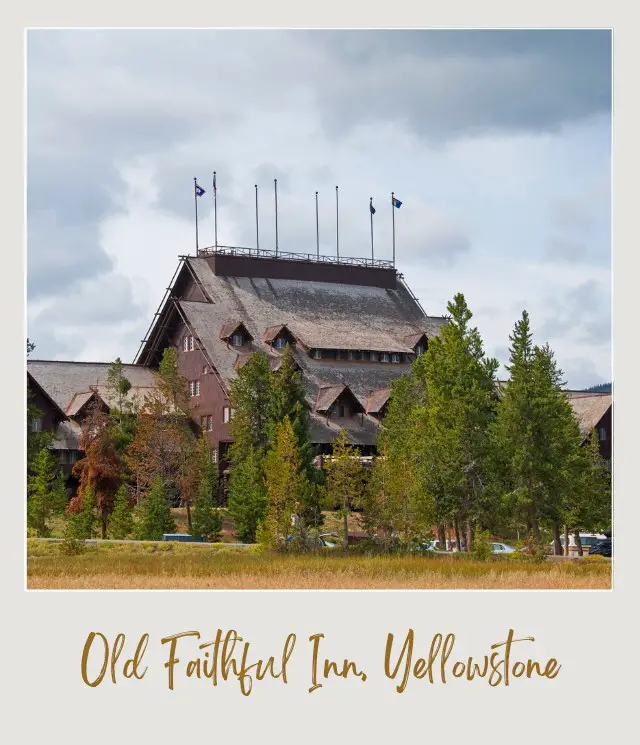
Planning your visit to a national park can be exciting. Making informed choices will help you have a great experience. Focus first on picking the right park, the best time to go, and where to stay during your adventure.
Choosing Your National Park
First, decide which national park fits your interests. Do you love mountains, forests, or deserts? Popular parks like Yellowstone showcase geysers and wildlife. Yosemite offers stunning waterfalls and rock formations. If you want unique desert landscapes, consider visiting the Grand Canyon.
Research the park’s activities too. Some parks have hiking, biking, or ranger-led programs. Make sure the park you choose aligns with what you enjoy. This way, you’ll have a memorable experience tailored to you!
If you’re not sure where to start, check out my guides to the top parks for some inspiration.
Best Time to Visit
Timing is everything when visiting a national park. Summer brings the most visitors, which can mean crowded trails and busy campsites. Winter is a completely different experience in many of the parks. In general, spring and fall are often the best times for pleasant weather and fewer crowds.
However, each park has its peak seasons. For example, if you visit Yosemite, plan for spring to see waterfalls at their best. In contrast, if you go to a desert park like Joshua Tree, winter is more comfortable. And fall is by far my favorite season in Shenandoah, when the fall color is spectacular.
Read my guides to the best times to visit many of the most popular national parks. And always check the park’s calendar for events or seasonal highlights.
Accommodation Options
When planning where to stay, you have several choices. National parks often offer campgrounds for a rustic experience. Make reservations in advance, especially in busy seasons.
If camping isn’t your style, look for lodges or hotels inside the park. They are very convenient, but generally pretty basic and a little pricey.
For more options, consider nearby lodges, hotels or vacation rentals like VRBO. Check if they have amenities like free breakfast or shuttle services to the park entrances. For a unique experience, consider glamping, where you enjoy nature without sacrificing comfort.
Find a hotel near your national park on Expedia
No matter where you stay, find a place that meets your needs so you can relax and enjoy your visit.
Creating an Itinerary
Once you’ve researched what to do and see in the national park(s) you’ll be visiting, you’ll need to put it all together into an itinerary.
Some people find this part a little overwhelming, because it can be difficult to know the best times of day to do each thing, how long it will take, the best way to avoid the worst of the crowds, etc. I’ve created several (paid) itineraries for the most popular national parks to help take away this overwhelm.
See if there is an itinerary for your destination
One thing that comes up again and again in my Facebook group is how much longer it takes to fully explore the parks than you think. Of course, if you only have limited time, seeing some of a park is much better than not having the chance to see any of it, but as a general rule of thumb, never underestimate how much time it’ll take and devote longer than you think you’ll need, if you have the time.
Getting an Audio Tour
I love these. There are audio tours for most of the national parks. You download them onto your phone so you don’t need cell service. Then when you’re at the park, you play them and get interesting information about the key features and places inside the park you’re visiting. They’re a great way to get the information you’d get from a tour, with the independence of exploring on your own.
Grab a national park audio tour here.
Essential Packing List
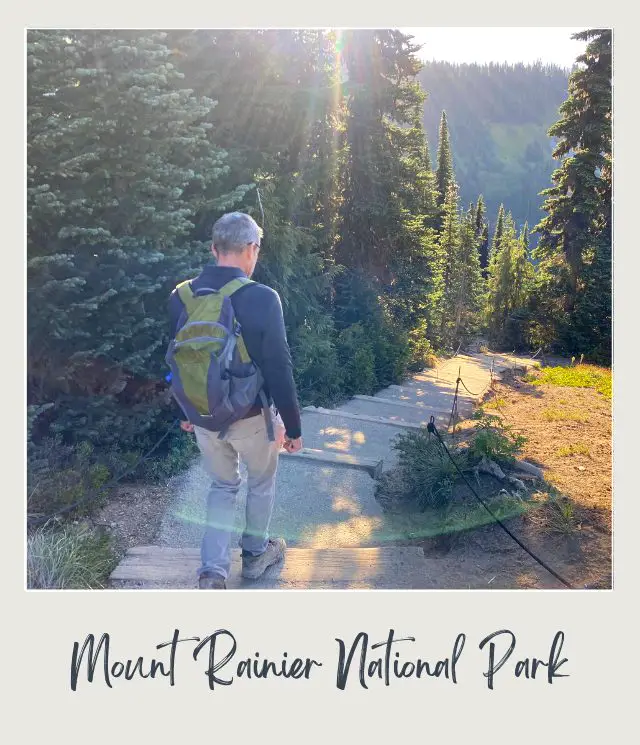
Packing the right gear and clothing can definitely help make your trip more enjoyable. Focus on clothing suited for the weather and activities, essential tools for navigation and communication, and food and water supplies to keep you energized.
I’ve provided some general information here, but I’ve also created detailed packing lists for national parks and some specialty types of trips, which include free downloadable checklists.
Check out the national parks packing lists
Clothing and Footwear
Choosing the right clothes is key. Layering is important. Start with a moisture-wicking base layer to keep sweat away. Next, add an insulating layer, like a fleece, for warmth. Finish with a waterproof jacket in case of rain. Don’t forget to include a hat for sun protection.
For bottoms, opt for comfortable hiking pants or shorts.
Footwear matters too. Invest in sturdy hiking boots that provide ankle support. Make sure they are broken in to avoid blisters. Bring extra socks to keep your feet dry.
If you’re looking to buy gear or clothing for your trip, check out my buying guides. They can help inform your decision and give your curated options.
Navigation and Communication Tools
Having the right navigation tools is essential. A physical map of the park helps if you lose signal on your phone. You can pick up a map at the Visitor Center inside the park you’re visiting. But I really like the National Geographic topographic maps. They have them for most national parks in the US. Check out this National Geographic Trail Maps Collection
Having a compass as a backup can also be helpful.
GPS devices can be handy but keep your phone charged in case of emergencies. Download maps for offline use when you have service or get paper versions. If you’re going to be hiking, especially if you’ll be on less-popular trails, a handheld GPS can be handy (pun semi-intended). If you’re looking to buy one, check out my top picks for the best handheld GPSs for hiking.
Communication is also vital. Carry a fully charged power bank for your devices (get one on Amazon here). You might also want to bring a whistle for signaling if you get lost.
Food and Water Essentials
Staying fueled is important while exploring. Pack snacks that are high in energy like trail mix, granola bars, and jerky. These are easy to carry and provide a quick boost.
Water is crucial. Bring a reusable water bottle or a hydration pack. Aim to drink at least half a gallon per day, especially during hikes.
Consider packing a portable water filter (I use this Sawyer filtration system) or purification tablets to ensure safe drinking water if you’re out for long periods.
Understanding Park Rules and Regulations
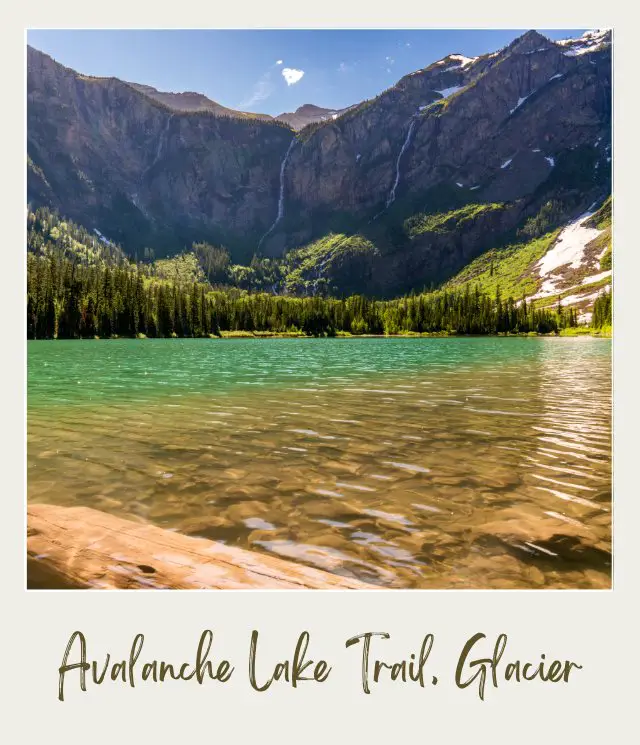
When visiting a national park for the first time, knowing the rules and regulations is key. Each park has specific guidelines that help protect wildlife and the environment.
Here are some common rules you should be aware of:
- Wildlife Safety: Keep your distance from animals. Observing from afar is best for both you and the animals. See the general guidelines below.
- Food Storage: Follow food storage rules. This helps prevent wildlife from becoming dependent on human food.
- Camping and Hiking: Familiarize yourself with camping and hiking regulations. This ensures a safe experience and helps the park remain beautiful.
Make sure to check the park’s specific guidelines before your visit. You can often find this information on the park’s official website. This will prepare you for any unique rules they might have.
Respecting these rules ensures you enjoy your trip while keeping the park safe for everyone. Following the guidelines can prevent accidents and protect the natural habitat.
Staying Safe
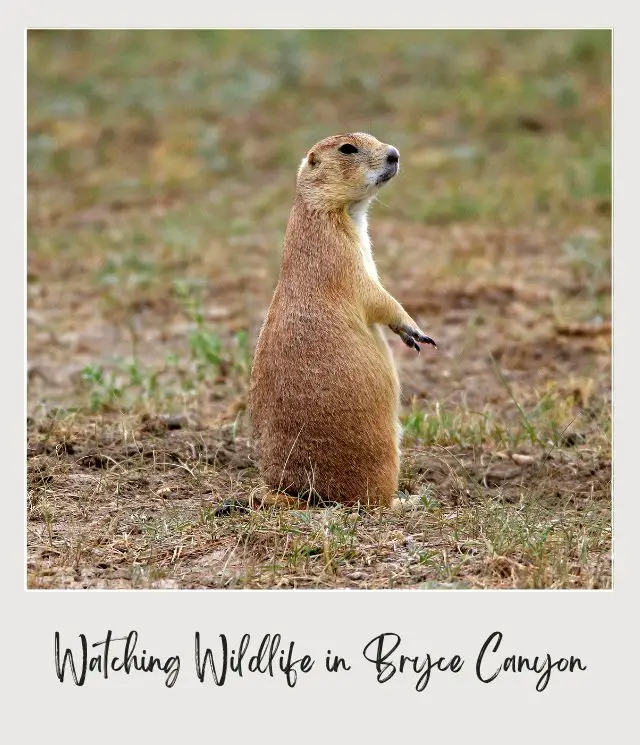
Your safety is important when you visit national parks. Being aware of wildlife and preparing for weather and terrain will help ensure a safe and enjoyable trip.
Wildlife Interactions
Encountering wildlife is a big part of the national park experience, but it comes with risks. Always admire animals from a safe distance, typically at least 100 yards away for predators like bears and wolves, and 25 yards for other animals like deer and prairie dogs.
To avoid attracting animals, store food properly and dispose of trash in designated containers. Never feed wildlife, as it can harm them and lead to dangerous situations for you. If you see an animal, stay calm and back away slowly to avoid startling it.
Be aware that some animals can be more active during dawn and dusk. Plan your hikes and activities to reduce the chance of close encounters with dangerous animals.
Weather and Terrain Preparedness
Weather can change quickly in national parks, so it’s really important to be prepared. Check the weather forecast before your visit and pack accordingly. Bring layers, as temperatures can fluctuate throughout the day.
Understanding the terrain is also essential for your safety. Some trails may be steep or rocky. Always stick to marked paths, as shortcuts can lead to injury.
Carry essential gear like maps, a first-aid kit, and plenty of water. Avoid hiking alone, especially in remote areas. When in doubt, ask park rangers for advice on safe routes and conditions.
Enjoying and Preserving the Park
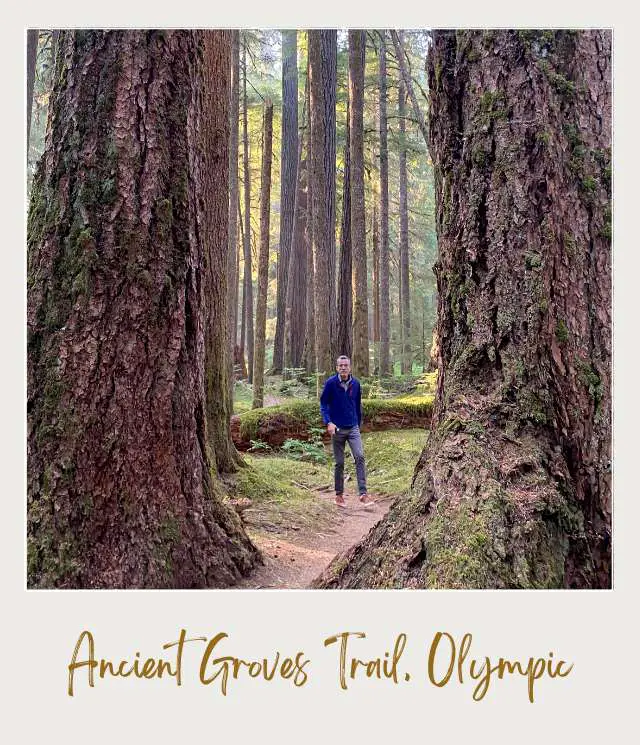
You can have a great time at national parks while also caring for the environment. Understanding how to enjoy the park and preserve its beauty is key. This section focuses on how to minimize your impact and make the most of your visit.
Leave No Trace Principles
The Leave No Trace principles help protect natural spaces. Here are the key points to remember:
- Plan Ahead: Research the park and choose appropriate gear.
- Stay on Trail: Stick to marked paths to avoid damaging plants.
- Trash It: Carry out everything you bring in, including food scraps.
- Respect Wildlife: Observe animals from a distance and never feed them.
- Camp Smart: Use established campsites and avoid setting up in delicate areas.
By following these principles, you help keep the park beautiful for future visitors. It’s about enjoying nature while ensuring it remains untouched.
Participating in Park Activities
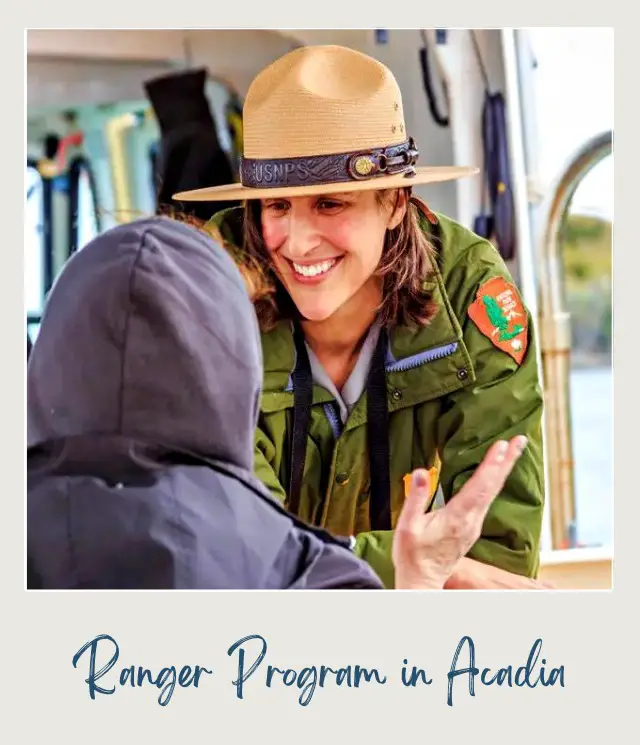
Getting involved in park activities is a fantastic way to appreciate the outdoors. Many parks offer guided tours, ranger talks, and educational programs. Here are some activities you might consider:
- Hiking: Explore trails of varying difficulty levels. Always check trail conditions beforehand.
- Wildlife Watching: Bring binoculars to observe birds and other animals safely. Read my guides to buying the right binoculars or spotting scope for you.
- Photography: Capture stunning landscapes and unique moments. Sunrise and sunset often provide great lighting.
- Camping: Consider an overnight visit. It gives you more time to enjoy the ambiance.
Subscribe to daily national parks planning tips, travel inspiration and trip ideas and I’ll send you a free PDF of this Guide:
National Park Travel Tips for First-Time Visitors
I hope this has helped you plan your trip.
Do you have any other tips for visiting US national parks? I’d love to hear about them. Join my private Facebook group National Parks Collectors and comment and let me know (you can also pick up extra planning tips, share your photos and stories with other national park lovers and more).
If you liked these tips for visiting national parks, please share the love and Pin It to your National Parks board!
Are you just starting to think about taking a National Parks trip? Get Inspiration
Are you starting to plan a trip to a national park? Read my free guides
Do you need tips and additional information? Read a selection of tips for visiting US national parks
Are you ready to book your trip? Use these Planning and Booking Resources
Do you want to read a book about US national parks? Check out my Recommended Reading Lists
About the Author
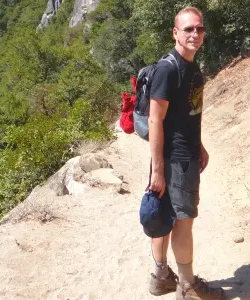
James Ian is a national park, camping and hiking expert.
He has dedicated his life to travel, visiting more than 80 countries, all 7 continents and most of the national parks in the United States. With over 35 years experience in the travel industry, James has worked on cruise ships, at resorts and hotels, and as a travel planner who’s helped hundreds of people plan successful trips to US national parks.
Based on his experience visiting our national parks multiple times, in-depth research and expertise as a travel planner, James has published detailed itineraries for many of the major national parks in the US. These itineraries, as well as in-depth park guides, and other resources will help you have your own incredible trip to US national parks without stress and hassle.
As a national park expert, James has contributed to many publications, including USA Today, Newsweek, Time Business News, Savoteur, Best Trip, and Wired.
I’m a member of the Amazon Services LLC Associates Program. As an Amazon Associate I earn from qualifying purchases.
